Take a look beneath the floorboards of the prefabricated residential deck system from SigmaDek Ltd. There is no wood. With an aerospace inspired design, SigmaDek has replaced lumber with an aluminum substructure of die cast and extruded components to reduce lifetime maintenance, simplify fabrication, and increase safety.
Extrusions form the ledger board, beams, joists, and railings in this patent-pending deck system. Die cast connectors from Dynacast join the extrusions into a unified structure.
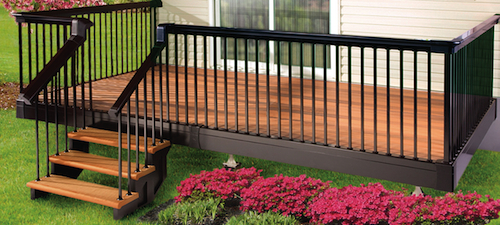
Unified die cast and extruded aluminum deck structure.
Aluminum is not a traditional deck construction material. Though due to its use, SigmaDek’s engineering team achieved its design goals of long service life, low barrier to install, low maintenance, and safety in comparison with traditional wood framed decks.
The highest priority of the design was the maintenance-free goal for the deck substructure.
Die cast and extruded aluminum components helped SigmaDek engineers create a deck system with a lower installed cost and a more consistent structural performance. With traditional site-built carpentry decks, cost and safety are dependent on the skill level of the contractor.
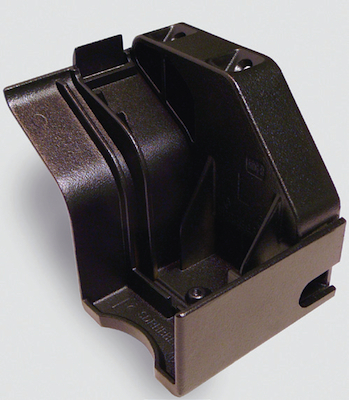
DFM changes included the elimination of undercuts, the addition of draft angles to some features, wall thicknesses, structural ribs, and so on.
By contrast, the prefabricated deck does not depend as much on the skill of installer. Given the design freedom available from manufactured aluminum components, the deck system has a wide range of user-friendly, engineer-proof assembly features. Some of the features include integrated bubble and laser levels to align the substructure and one-way joint locking features.
The International Building Code had no provisions for aluminum components in decks. As a result, the all-aluminum deck system must undergo rigorous testing, which is ongoing. The engineered safety factor is roughly 2.5 times greater than the building code would require for a similar wooden deck structure. For example, the connector between joist and stair stringer had to withstand stresses of 15,000 psi.
Stresses of that magnitude are within the capabilities of die cast aluminum. The issue is designing components whose strength does not come at the expense of economical casting or feature integration. For example, thicker wall sections or ribs might make it easier to meet structural requirements but they also add cost to the casting process.
To home in on the best balance in these tradeoffs the team worked with a product design firm, Precicad Ltd., to optimize the structural and functional design of each component through finite element analysis (FEA) of the individual deck parts and on the system as a whole.
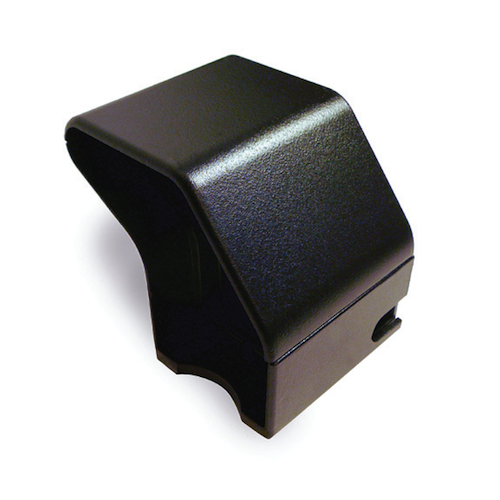
The connector between the joist and stair stringer which undergoes a 15,000 psi of stress to meet safety and design requirements.
Dynacast’s engineers improved the design for manufacturability (DFM) work for more than 30 unique die cast parts. Changes included the elimination of undercuts, the addition of draft angles to some features, wall thicknesses, structural ribs, gates, runners, and overflows.
By making the parts easier to die cast, the DFM modifications produced a significant cost benefit. Savings come in the form of less complex tooling, faster cycle times, and fewer secondary machining operations.
Lower total part costs represent one of the reasons the engineering team used die casting instead of permanent mold casting. Permanent mold casting has a lower up front cost, longer cycle times, and would require significant secondary processing and machining to meet the specifications, hence the decision to go with die casting.
Dynacast
http://www.dynacast.com/
Precicad Ltd.
http://www.precicad.com/
Filed Under: Software • 3D CAD, ENGINEERING SOFTWARE, Die casting



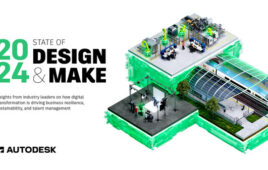
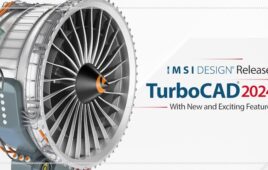
Tell Us What You Think!